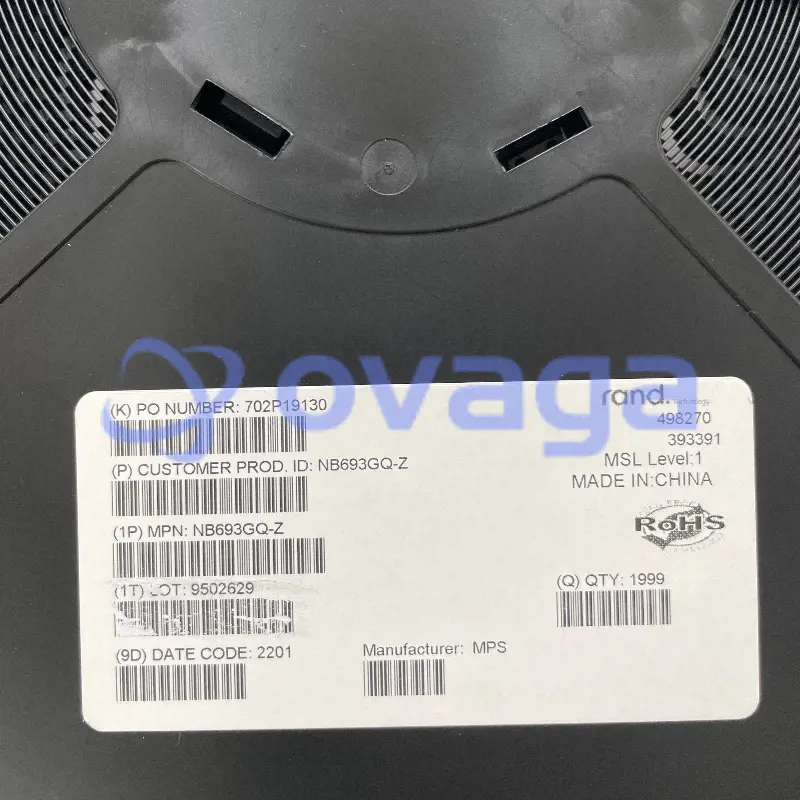Does Wireless Charging Harm the Battery?
Update Time: Apr 11, 2023 Readership: 3129
Contents
Wireless charging technology originates from wireless energy transmission technology and can be divided into two ways: low-power wireless charging and high-power wireless charging. Low-power wireless charging often uses electromagnetic induction, such as the Qi method of charging cell phones, but the induction type is used for the wireless charging of electric vehicles.
High-power wireless charging is often resonant (most EVs are charged this way). The power supply device (charger) transmits energy to the device that uses the power, which uses the received energy to charge the battery and operate simultaneously.
Since the energy is transmitted between the charger and the power-using device by a magnetic field, there is no wire connection between the two, so both the charger and the power-using device can be used without exposed conductive contacts.
Basic Principle
Electromagnetic induction type
A certain frequency of alternating current in the primary coil generates a certain current in the secondary coil through electromagnetic induction, thus transferring energy from the transmitting side to the receiving side. The most common charging solution uses electromagnetic induction. There is little mystery in the technical implementation of electromagnetic induction solutions. BYD applied for a non-contact induction charger patent in December 2005, which uses electromagnetic induction technology.
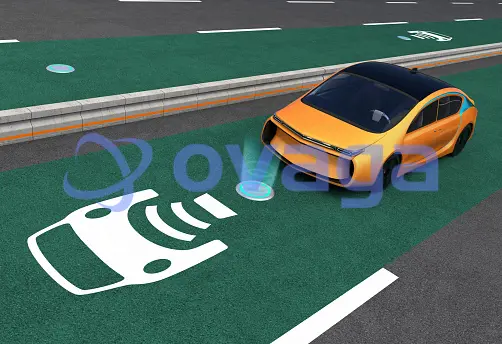
Magnetic field resonance
It consists of an energy-sending device and an energy-receiving device. When the two devices are adjusted to the same frequency or resonate at a specific frequency, they can exchange each other's energy. This is a technology currently being studied, the research team led by Marin Soljacic, a physics professor at the Massachusetts Institute of Technology (MIT), used the technology to light up a 60-watt light bulb two meters away and will The diameter of the coil used in the experiment reached 50cm, which is not yet commercially available. If the coil size is reduced, the received power will naturally decrease.
Radio wave type
This is a more mature technology, similar to the early use of ore radio. There are mainly microwave transmitters and microwave receiver devices, which can capture the radio wave energy bouncing back from the wall and maintain a stable DC voltage while adjusting the load. This method requires only a transmitter installed in the wall plug and can be installed in any low-voltage product "mosquito-type" receiver. So is wireless charging bad for batteries?
Is wireless charging bad for batteries?
First of all, the impact of the battery, cell phones are now commonly used in lithium batteries. The biggest characteristic of lithium battery is a long life, durability, low self-discharge rate, no memory effect, and can have high power tolerance.
So we see most electronic products will be applied to lithium batteries. The main reason is that lithium batteries forbid "tossing". Whether you are 30% charging, or 50% charging, the charging current is smaller or larger. There will be no impact on the battery. Of course, now cell phones have a current protection system. Too much current cell phone will automatically identify, and wireless charging will not impact the battery even if the efficiency is low.
As for the radiation problem, we have to look at two situations. One is that most wireless charging applications of close-range charging generally need to be put on the transmitter plate. This technology is very close to the transmission distance, a few centimetres level and the resulting radiation is almost negligible, equivalent to when we use the phone radiation 1/10 below, not as much as our usual wifi radiation.
Another is long-distance wireless charging in the United States currently has a company to do a prototype. The transmission distance is said to reach 4.5 meters, but this technology depends on how much power it provides. Once the power exceeds a certain value, the radiation will exceed the standard, which is unacceptable to the human body.
This is why this company's previous products have yet to be marketed. The United States has the United States Communications Commission (FCC) review requirements, and product radiation must still pass the standard requirements.
It is said that some time ago, they passed the review with another close-range miniaturized product, but the transmission distance must be less than the 4.5 meters they are touting and may also be the centimetre level.
Final Words
The current close range of wireless charging (centimetre level) radiation is not a problem at all, but once the transmission distance reaches the level of meters, the problem of radiation surfaces.
No company's technology can solve the transmission distance to this level and ensure that the power transmission of radiation problems, so to reach our more idealized wireless charging, there is bound to be a long way to go.
Popular Blogs
-
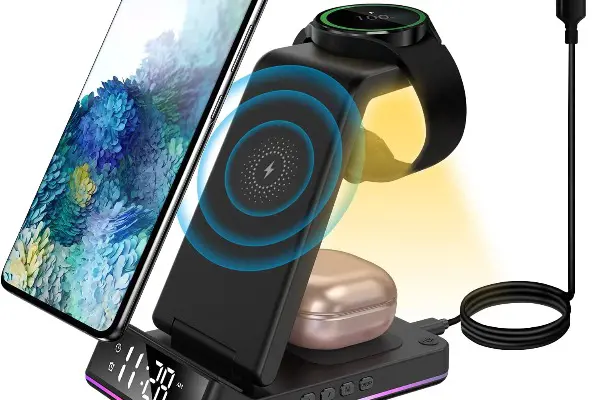
How Does the Bytech ...
Wireless charging has gained significant popular...
-
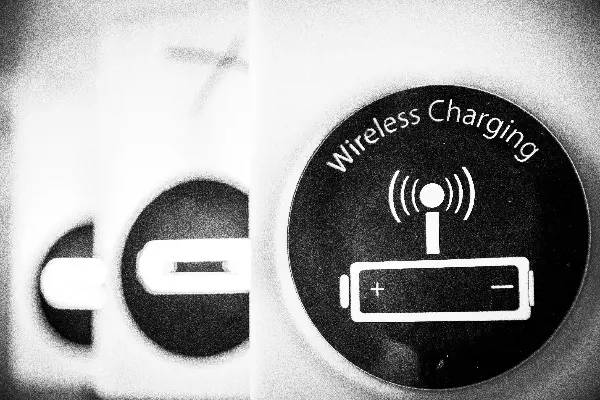
The Difference Betwe...
With the gradual rise of wireless charging techn...
-
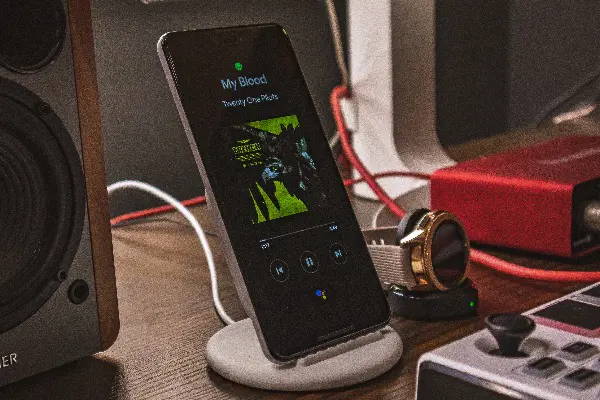
Does Wireless Chargi...
Wireless charging technology originates from wir...
-
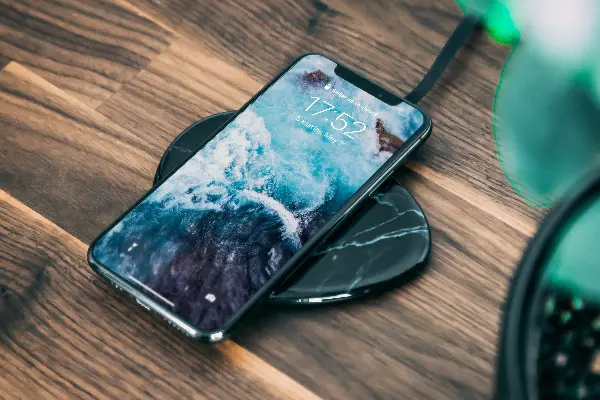
What is Wireless Cha...
As the name suggests, wireless charging allows d...




